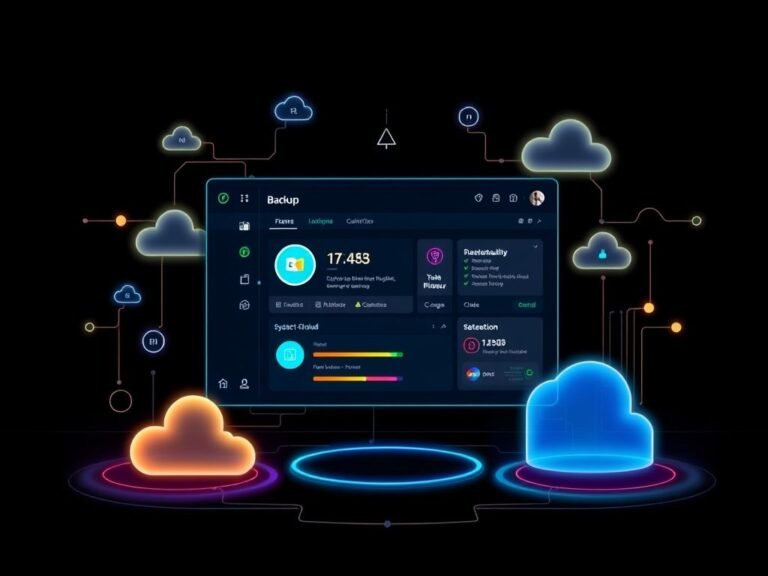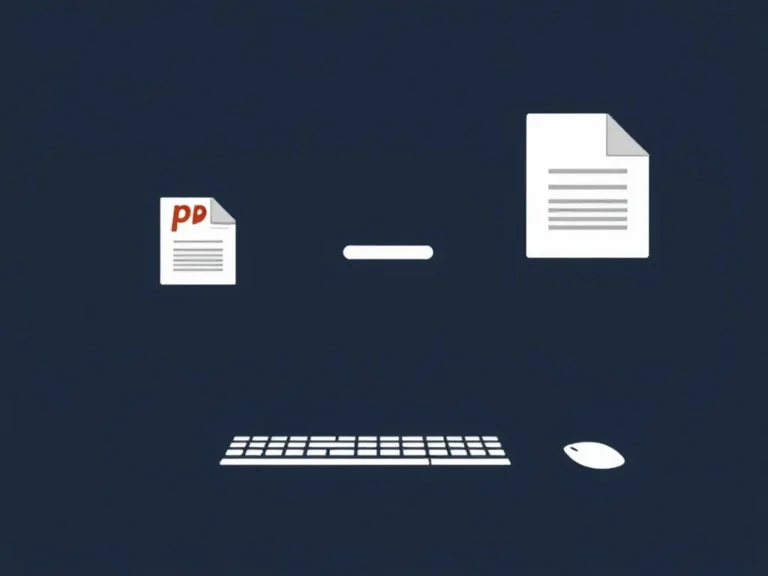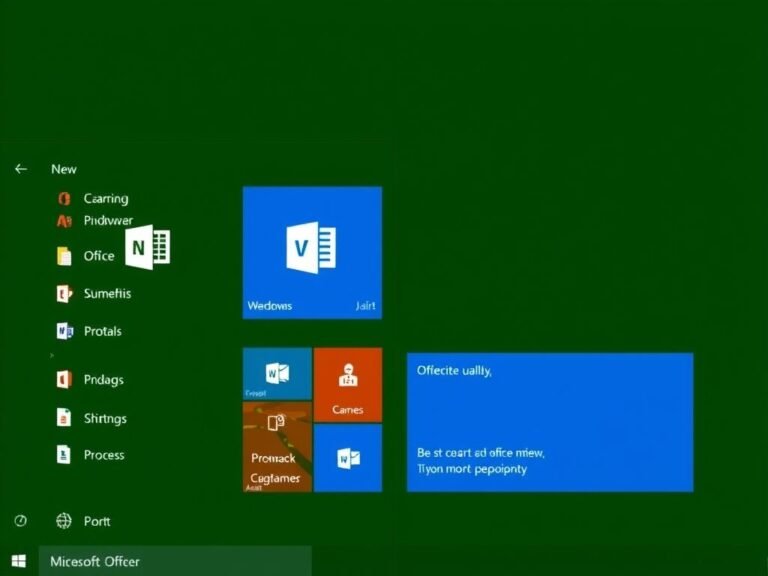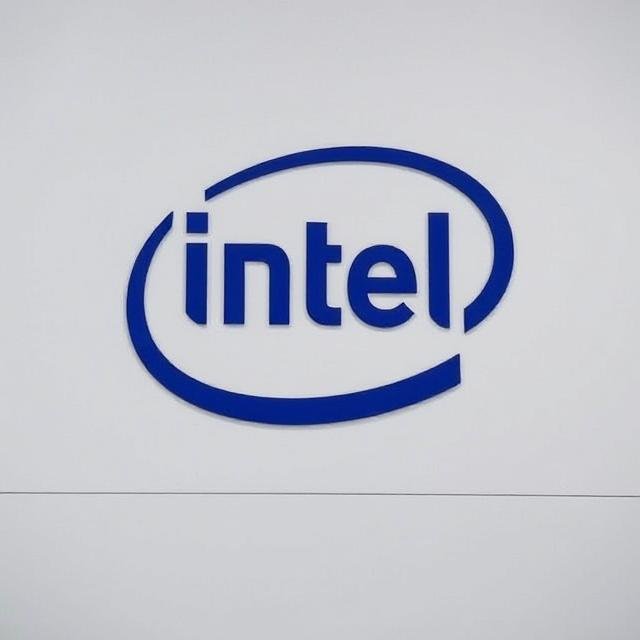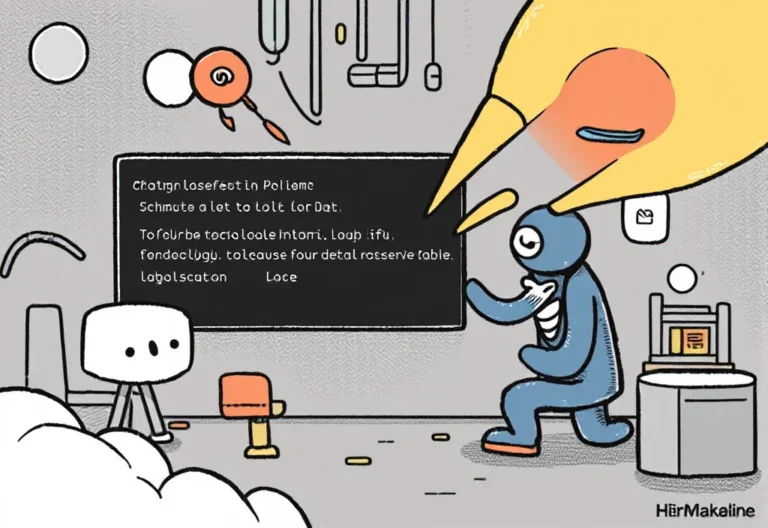Don’t Update Yet: Windows 11 24H2 Linked to Drive Corruption and Data Loss
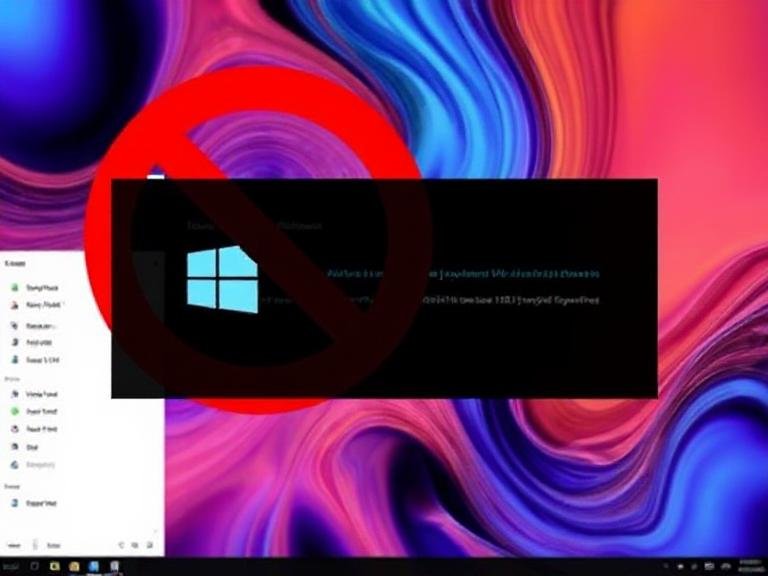
Don’t Update Yet: Windows 11 24H2 Linked to Drive Corruption and Data Loss
Last week, Microsoft rolled out a critical Windows Defender update as part of the new Windows 10 and 11 ISO images released during the August 2025 Patch Tuesday cycle. The update — which includes KB5063709, KB5063877, KB5063871, and KB5063889 for Windows 10, and KB5063878 and KB5063875 for Windows 11 — was designed to protect new installations from the Lamma stealer, a rising info-stealer malware targeting saved credentials and personal data.
While the security intent is clear, the rollout hasn’t been smooth. The Windows 11 24H2 update KB5063878 initially triggered installation errors, with users encountering the 0x80240069 failure code. Microsoft quickly acknowledged the issue and deployed a fix, but that wasn’t the end of the problems.
A new report from Japanese PC builder and hardware enthusiast @necorucat has raised serious concerns about storage instability following the update. According to their findings, certain SSDs and HDDs become completely invisible to the operating system during sustained write operations — a critical issue that also prevents access to SMART data, which is essential for monitoring drive health and predicting failures.
The problem tends to occur when drives are subjected to heavy, continuous writes, particularly when approaching or exceeding 50 GB of transferred data and under high controller load (over 60%). When symptoms appear, there’s a high risk of file corruption, and in some cases, complete data loss.
Rebooting the system often temporarily restores drive visibility, but the issue reliably returns under similar workloads — sometimes within minutes — indicating a deeper software-level flaw rather than isolated hardware failure.
Testing suggests that NVMe SSDs using Phison controllers, especially budget-friendly DRAM-less models, are among the most affected. These drives tend to fail even at lower write volumes. Notably, some enterprise-grade HDDs have also shown similar instability under prolonged stress, suggesting the issue isn’t limited to consumer-grade storage.
Interestingly, the behavior closely resembles the WD SN770 HMB (Host Memory Buffer) bug from 2024, where improper memory handling caused crashes. However, unlike that earlier issue, disabling HMB in this case does not prevent failures, pointing instead to a potential memory leak in Windows’ OS-buffered cache subsystem — a problem Microsoft claimed to have resolved in October 2024. Yet signs suggest it may have resurfaced or was never fully patched in all configurations.
Despite the severity, widespread reports are still limited. Most of the current feedback comes from Japanese tech communities, with @necorucat sharing results from 21 different drives tested under controlled conditions. High-end models like the Samsung 990 Pro, WD Black SN850X, and Crucial T700 performed without issues. However, several mid-range drives — including the WD Blue SN550, SN570, SN580, ADATA Legend 800, and HP FX7000 — became temporarily inaccessible (labeled “NG Level 1”) during testing.
More alarming, the Seagate FC530 1TB NVMe failed in a way that wasn’t recoverable after reboot — classified as “NG Level 2” — raising red flags about data safety on certain hardware.
While it’s still unclear whether this is a region-specific issue, a hardware-compatibility quirk, or a broader bug in how Windows 11 24H2 handles storage under load, the evidence is concerning enough to warrant caution.
Users planning a fresh install of Windows 11 24H2 — especially those using Phison-based SSDs or relying on intensive disk workloads — may want to hold off until Microsoft provides official clarification or a patch. If you’ve already updated and notice drives disappearing or performance anomalies during large file transfers, backing up critical data immediately is strongly advised.
Microsoft has not yet commented publicly on the reports. For now, staying informed and monitoring your system’s behavior under load is the best defense.
